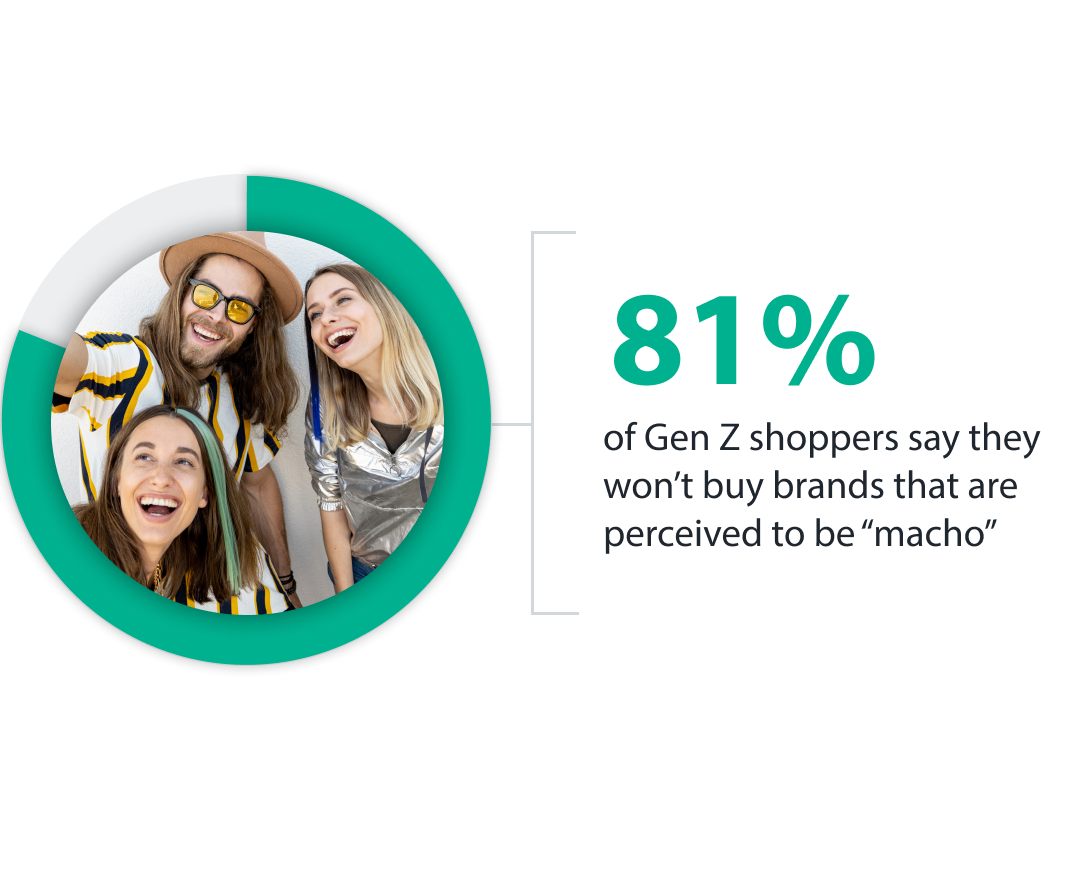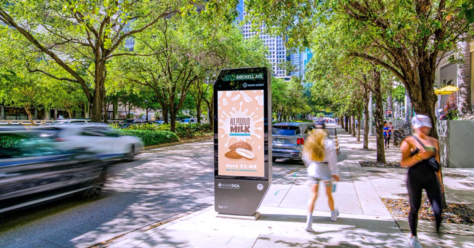Gen Z Pushes Brands to Rethink Super Bowl Strategies
With the NFL playoffs in full swing, so begins the annual blitz to America’s premier sporting and cultural event. The Super Bowl isn’t just a game for the gridiron faithful; it’s a spectacle that offers something for everyone—partygoers, tailgate foodies, novelty bettors, music fans and, of course, brands and marketers. But there’s one key demographic that’s not quite buying the hype for football’s biggest day: Generation Z.
Recent studies reveal that Gen Z respondents—the eldest of whom are 25 years old in 2022—are less interested in watching live sports than previous generations. In a 2021 survey, only 27% of adults aged 18-23 said they were “very likely” to watch the Super Bowl compared to 43% of millennials and 37% of all adults.
So how can marketers reach this important young audience in ways that truly resonate? Read on for strategies to help your brand connect with the Gen Z audience during Super Bowl season and beyond.

Understanding Team Gen Z
Part of the explanation for Gen Z’s relative disinterest in the Super Bowl could be explained by a clash of ideologies. Despite the NFL’s efforts to hire more women, pro football remains a testosterone-driven sport of male athletes and predominately male viewers. According to a Quotient study, 81% of Gen Z shoppers say they won’t buy brands that are perceived to be “macho”—a label that also applies to football.
A major theme for Gen Zers is that they crave authenticity. While the Super Bowl lets out all the stops for its star-studded halftime shows and big-budget TV commercials with celebrity endorsements, Gen Z consumers tend to be less infatuated by celebrity culture and instead seek brands that are relatable to them. Brands attempting to target this age group risk missing the mark if they overlook these preferences.






Tackling What Really Matters to Gen Z
If football culture and celebrities don’t always resonate with Gen Z, what does? In recent years, brands that focused their Super Bowl messages on social change landed better with the Gen Z age bracket. For example, Kia’s 2019 ad lacked a mega star or fancy frills and instead focused on its initiative to donate millions for young people to pursue higher education. In 2021, Budweiser didn’t air a commercial during the Super Bowl for the first time in 37 years, pivoting its efforts to vaccine awareness on social media channels.



Meeting Gen Z on Their Home Turf
Growing up in a world of smartphones, laptops and social media, Generation Z is most comfortable communicating through text messages and apps. They have largely ditched traditional forms of media and spend as much time looking at their phone screens as older age groups spend watching TV. Gen Zers embrace the opportunity for online engagement and are keen on digital participation and interacting with companies on social media.
Social influencers present a great way to connect with this audience and capture their attention organically. Compared to celebrities and their followers, influencer communities foster online engagement while remaining more intimate and accessible.
One way to reach this demographic during the Super Bowl is to meet them where they are: on their smartphone. Last year, Frank’s RedHot created an interactive Twitter challenge that combined social change, online participation and influencer creative. For this social media campaign, the brand teamed up with Super Bowl winner Eli Manning and social influencer David Dobrik to encourage users to tweet #FranksBigPour 100,000 times. If the goal was met, Dobrik volunteered to have 100 gallons of hot sauce dumped on him and Frank’s RedHot would donate $100,000 to Tackle Kids Cancer. (Yes, both things happened!)
Reaching Gen Z may require brands to dedicate some of their advertising dollars to highlight initiatives for the greater good. These efforts should authentically align with their company’s values or create opportunities for connectivity through social channels to engage with Gen Z within their favorite niche online communities.
Interested in more ways to reach the Gen Z audience? Check out our eBook “Gen Z and Beyond: An Advertisers Handbook” to discover in-depth insights into this demographic.



